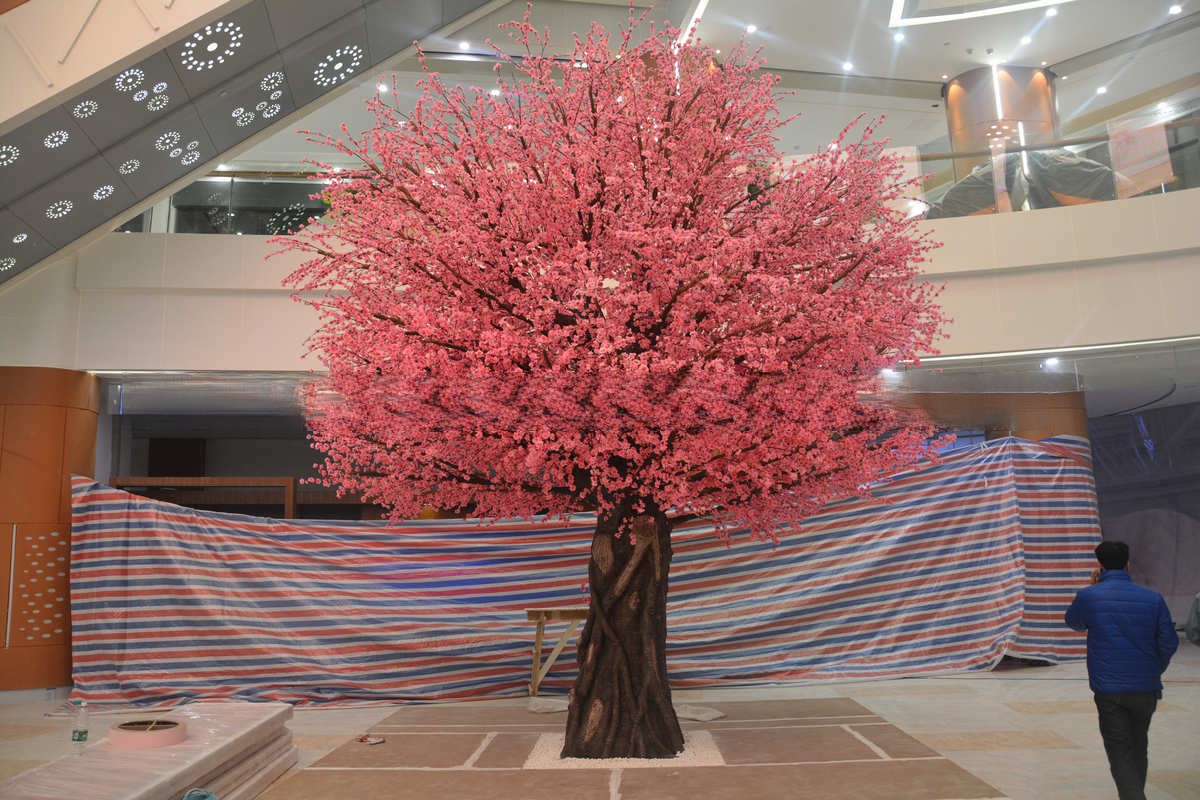Imitation Palm Tree Specification and Guidelines
The demand for artificial palm trees has been on the rise due to their low maintenance requirements and versatility in various environments. Imitation palm trees have become popular in commercial and residential spaces, adding a tropical ambiance to the atmosphere. However, it is crucial to ensure that the palm trees are of high quality, durable, and meet safety standards. This article will outline the imitation palm tree specification and guidelines needed for proper installation.
Materials
Imitation palm trees are made of different materials such as fiberglass, plastic, and foam. The choice of material will depend on the intended use of the tree, location of installation, and durability. High-quality palm trees should be made of UV-stabilized materials to avoid fading and discoloration due to exposure to sunlight. The materials should also be fire-resistant and weather-resistant, especially for outdoor installations.
Height and Width
The height and width of the imitation palm tree will depend on the available space and the intended use. The ideal height of a palm tree for a commercial space would be 20-25 feet, while for a residential space, 10-15 feet would be suitable. The width of the tree should also be proportional to the height and maintain the natural look of a palm tree.
Frond Quality
The fronds of an imitation palm tree contribute to its overall appearance, and it is essential to ensure that they are of high quality. The fronds should be made of materials that do not wither or fade, even when exposed to sunlight. They should be flexible to allow for natural movement and should be designed to withstand wind gusts.
Trunk
The trunk of an imitation palm tree should have a natural appearance and texture, mimicking the bark of a real palm tree. The trunk's diameter should also be proportional to the tree's height and width and made of materials that do not deteriorate over time.
Installation
Proper installation of an imitation palm tree is crucial for its safety and longevity. The tree should be installed on a level surface, and the base securely fastened to avoid toppling over. For outdoor installations, the tree should be anchored to the ground to prevent it from being blown away by strong winds.
Maintenance
Imitation palm trees require minimal maintenance compared to real palm trees. However, regular cleaning and inspection are necessary to ensure their longevity. The fronds should be dusted and washed periodically to maintain their appearance, and the trunk should be inspected for scratches or damages that could compromise its integrity.
Conclusion
In conclusion, the use of imitation palm trees has become popular in various settings, and it is essential to ensure that they are of high quality and meet safety standards. The materials used, height and width, frond quality, trunk, installation, and maintenance are essential considerations when installing imitation palm trees. The guidelines outlined in this article will ensure that the palm trees mimic the natural appearance and enhance the aesthetic of a space.


 客服1
客服1  客服2
客服2 